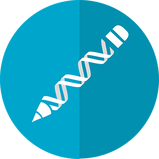 5/1/2021 May is the birth-month of Idaho Gem, the first cloned mule. Use this month to teach your students about the real-life applications of genetic engineering. This post highlights how scientists shed some light on cancer research through their work in creating the first cloned mule.  Eighteen years ago, May 4th, 2003, was the date of Idaho Gem’s delivery. His arrival may not have received the same fanfare that greeted Dolly the Sheep in July 1996, but his birth was a significant biotechnical accomplishment, nonetheless. Idaho Gem was the result of a collaboration among scientists from the University of Idaho and Utah State University, as well as the financial backing of a “mule enthusiast”. The breakthrough opened the door for other equine cloning. Scientists have since produced several hundred additional equine clones currently used in horse breeding. But, prior to 2003, researchers struggled to get clones of horses and mules to survive. The cells of the clones either failed to divide properly, or the fetuses were rejected. More Than a Donkey Horse MashupMules are sterile hybrids that result from the fertilization of a mare horse’s egg by a jack donkey’s sperm. When scientists wanted to create a clone of an existing mule, they used a technique called Somatic Cell Nuclear Transfer (SCNT). Researchers took DNA from a skin (somatic) cell of a developing mule fetus and inserted it into a denucleated egg cell from a horse mare. Then, scientists shocked the clonal zygote to begin cell division and the embryo developed in the womb of a second horse mare, who gave birth to Idaho Gem. He is the clone of the mule whose skin cell was used as the DNA source. SCNT is Not FoolproofScientists made 307 attempts at SCNT, with only 21 resulting pregnancies. Of those, only three were carried to full term; Idaho Gem was the first born of those. 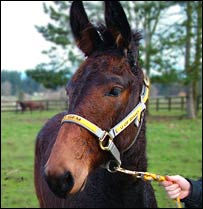 As embryonic cells differentiate, their DNA gets spooled, bunched up, and tagged so that only specific genes are expressed within any given cell type. To increase the odds of success, researchers must follow species-specific protocols to be sure that the donor nucleus’ DNA is un-tagged and resembles that of a young embryo. They must also activate the oocyte so that it is stimulated to initiate embryonic development. 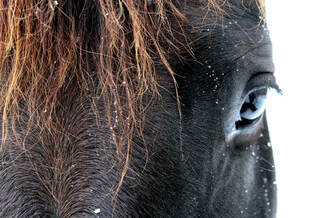 As the UI and USU researchers studied their failed attempts at creating a clone, they tried to understand why they were not producing an embryo with the merging of nuclei and oocytes. They observed that equine cells did not divide and hypothesized that the reason was due to a low rate of chemical activity. The scientists also observed that horses have a markedly low rate of cancer mortality: no prostate cancer, rare breast cancer, and if they have carcinoma, their tumors do not metastasize. 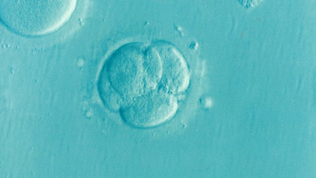 Ultimately, the research team found that intracellular calcium regulation was the cause for low cell activity, and the resulting low cancer rates, in horses. As they experimented with different protocols, they found that, by increasing the amount of calcium in the solution in which the eggs were stored, more clone pregnancies were carried to term. Using Equine Cloning to Understand Human CancerHuman cells allow more calcium to enter as they age. Horse cells have significantly lower calcium in them even if they are “swimming” in calcium; Horse cells have very tight regulation of what gets inside.  You might wonder if decreasing dietary calcium will help you lower your chances of getting cancer, but it's not about the total amount of calcium, it's about how it's regulated. From a human standpoint, this sort of research could lead to a diagnostic aid that could monitor intracellular calcium levels in humans and provide clues to what role calcium plays in cancers. Other Uses for Equine Clones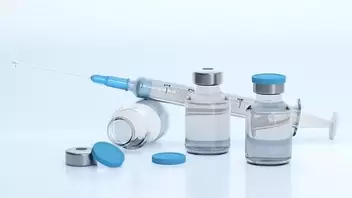 Horses, donkeys, and mules are used in racing, showing, competition, sport, breeding, recreation, and work. Clones of these animals can help scientists determine how much of an equine's performance is the result of genes, and how much results from other variables like training and feeding regimes. Clones also allow for more accurate studies of equine medicines such as vaccines and antibiotics. Want some follow-up exercises? Check out these Genetics Activities and this Video Worksheet dealing with Cancer.
0 Comments
|
AuthorGertrude Katz has spent over 30 years teaching K-12 public school students all major subjects. She has taught biology and education at the college level. The majority of her career has been spent instructing biology at the secondary level. Categories
All
|
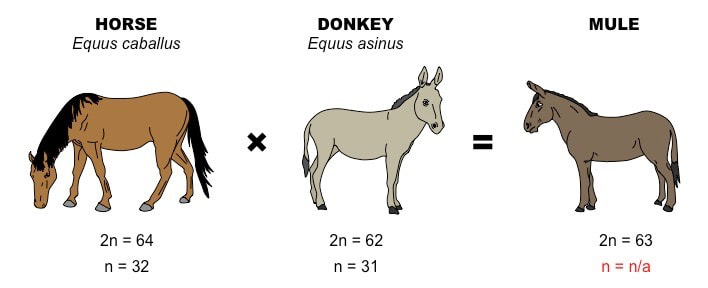
 RSS Feed
RSS Feed